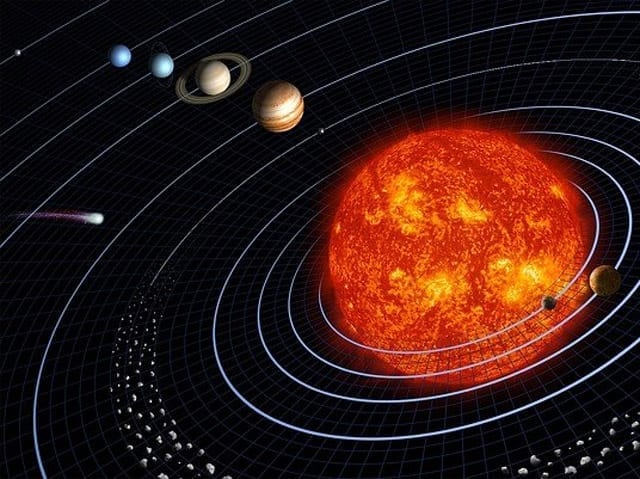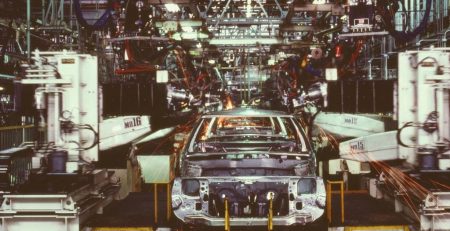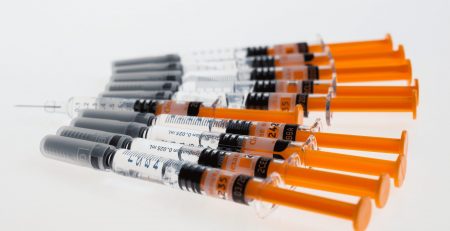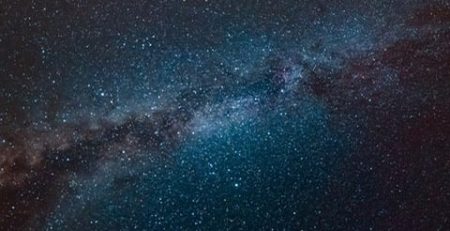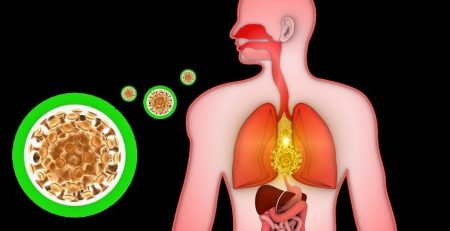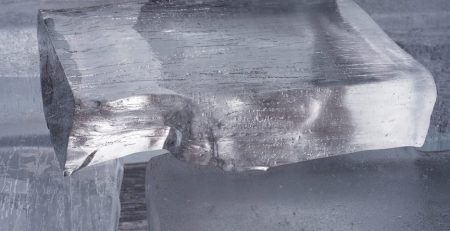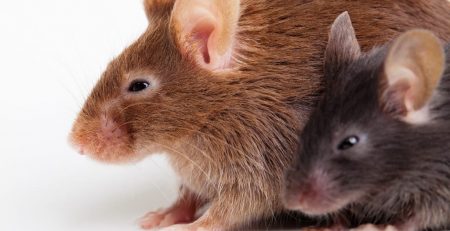Life Could Be Supported Outside our Solar System
Planets beyond our solar system could potentially support life, according to a paper published this week in Nature Astronomy by scientists at MIT, Popular Science reports.
While Earth’s atmosphere is nitrogen and oxygen-rich, Sara Seager, the Class of 1941 Professor of Planetary Science, Physics, and Aeronautics and Astronautics at MIT, and her team have discovered that microbes can survive and thrive in atmospheres dominated by hydrogen, according to a release from the Massachusetts Institute of Technology.
While hydrogen on its own isn’t necessarily harmful, no microorganism has ever been grown in a 100 percent hydrogen atmosphere before. To test their theory, Seager and her team took to the lab, armed with yeast and E. coli – two organisms that can survive without oxygen, to see if they could survive in a purely hydrogen-based environment, growing colonies of yeast and E. coli inside bottles sealed off from the surrounding air. The bottles contained “a nutritious broth for the microbes to feast on,” as well as “a range of different atmospheres, including pure hydrogen, regular air, and other blends of gases likely to exist on other exoplanets.”
While they grew more slowly than in air, both the yeast and E. coli were able to survive and reproduce in the 100 percent hydrogen atmospheres.
But why should we be concerned about maintaining life outside of our solar system? According to MIT, as “new and more powerful telescopes blink on in the next few years, astronomers will be able to aim the megascopes at nearby exoplanets, peering into their atmospheres to decipher their composition and to seek signs of extraterrestrial life.”
“There’s a diversity of habitable worlds out there, and we have confirmed that Earth-based life can survive in hydrogen-rich atmospheres,” Seager says. “We should definitely add those kinds of planets to the menu of options when thinking of life on other worlds, and actually trying to find it.”
###




